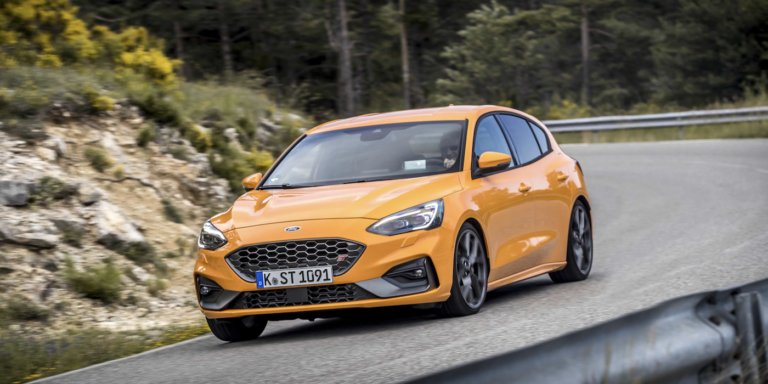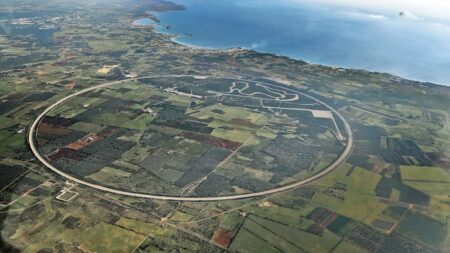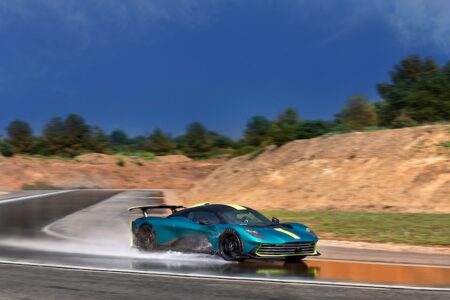The release of a new model in Ford’s ST range is always a highlight in vehicle dynamicists’ calendars, and the latest model, based on the fourth-generation Focus, should be no exception. This hot Focus takes Ford’s C2 architecture and enhances it with unique suspension, braking and powertrain configurations to create what the Ford Performance engineering team claim is the most responsive and agile Focus ST driving experience to date, partly as a result of incorporating learnings from programmes including the Ford GT supercar and the 2016 Focus RS.
Perhaps the most interesting feature of the 2019 Focus ST is that the petrol-powered 280PS, 2.3‑litre EcoBoost variant represents the first application of an electronic limited-slip differential (eLSD) on a front-wheel drive Ford. The eLSD, developed with BorgWarner, sharpens responses to changing grip levels and driver inputs using computer-controlled pre-emptive actuation, in order to enhance cornering and stability. This model also benefits from Ford’s first fitment of selectable drive mode technology, linked with Continuously Controlled Damping (CCD) – standard for five-door EcoBoost variants – which enhances the short long-arm (SLA) independent rear suspension configuration for greater refinement.
The Focus ST also comes in a diesel flavour, with the 190PS, 2.0-litre EcoBlue models featuring Torque Vectoring Control technology, which improves road holding and reduces understeer by applying brake force to the inside front wheel when cornering.
The SLA suspension configuration on the estate model features a unique geometry with the dampers repositioned to help maintain nimbleness and responsiveness when the boot is fully loaded. The standard Focus spring specifications are retained, with damping stiffness increased by up to 20% at the front and 13% at the rear, and ride height reduced by 10mm, to improve road-holding.

Special steering
Another claim by the Ford Performance engineering team is that the Focus ST has become the Ford model with the fastest steering response, an accolade previously held by the 2019 Fiesta ST. The electric power-assisted steering (EPAS) system is 15% faster than the standard Focus, requiring just two turns lock-to-lock.
In addition to speed, steering feel is enhanced by a unique steering knuckle geometry, with a rod attachment point placed 9mm further forward and 6.5mm higher than the standard Focus, to attain sharper response. A new ‘Steering Torque Disturbance Reduction’ software for the EPAS also helps reduce torque steer.

Slowing things down
The Focus ST’s brakes setup is impressive, with 330mm x 27mm discs and dual-piston callipers at the front and 302mm x 11mm discs at the rear. The braking performance was verified using the same demanding test procedures as the Ford GT supercar, and Ford engineers say the car achieved almost four-times the fade resistance performance of the previous generation Focus ST in testing.
The C2 architecture’s Electric Brake Booster (EBB) has been further refined for the Focus ST application. EBB technology builds brake pressure faster than a hydraulic system to create a more connected and consistent pedal feel across a broader range of operating conditions. For the Focus ST, this means the system can both mitigate for changes in braking behaviour experienced during high-performance driving, and can adjust the braking dynamics for optimised performance in extreme braking scenarios on track.





